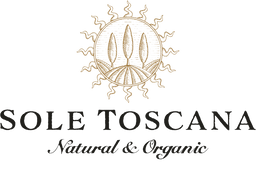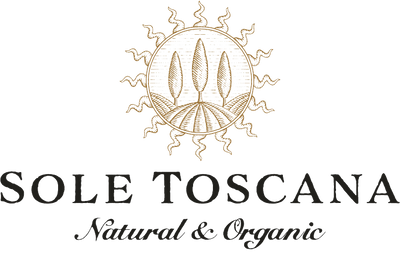You've probably heard rumors that ghee is superior to butter, but how true is this? Let's find out today.
What is ghee?
Ghee is a variation of clarified butter. Both products are made in the same way, but ghee goes one step further. Ghee is the product of heating unsalted butter until the solid and liquid parts of milk separate, and all moisture evaporates from the liquid.
USES OF GHEE
Traditional Indian cooking and Ayurvedic medicine rely heavily on ghee. The Western world recently caught up to using ghee as more people embraced high-fat diets.
The high fat, high protein Paleo diet includes ghee because it is seen as a butter alternative containing less dairy. Also, it's more versatile for cooking due to its higher smoke point (375 degrees) and longer shelf life.
Health benefits of ghee
Until recently, ghee was thought to increase the risk of heart disease because of the high saturated fat. Nowadays, medical professionals believe we can reap many health benefits from substituting ghee for butter and other cooking oils.
1. REDUCE RISK OF HEART DISEASE
Ghee has high volumes of conjugated linoleic acid (CLA), a fatty acid that protects our bodies against diabetes, carcinogens, and artery plaque buildup.
2. SOURCE OF VITAMINS
Ghee provides you with vitamins E, A, and D. It also has lots of vitamin K2, essential for fetus development in pregnant women.
3. HEALTHY GUT
Ghee repairs the gut lining, ensuring better gut health. The butyric fatty acid in ghee minimizes inflammation in the gut and helps repair damage to the mucous layer.
This prevents any leaking of undigested food particles and relieves pain, making digestion easier.

4. WEIGHT MANAGEMENT
The CLA in ghee helps prevent diabetes since it contributes to weight management.
A study conducted by the University of Wisconsin-Madison's Department of Natural Sciences proved this. Overweight participants who took CLA supplements showed significant weight loss over six months. Replace different cooking oils and butter with ghee, and you may notice some pounds shedding off.
DIY ghee
This DIY project is easy, saves you money, and keeps you healthy.
The type of butter you use is critical. Go for unsalted, grass-fed butter to avoid any toxic preservatives and hormones. Grass-fed butter also contains higher levels of CLA fatty acids.
METHOD
- Place a stick of butter on a pan and heat it on low, and let it melt slowly. Do not stir the butter. Let it melt undisturbed for 10-15 minutes.
- Once it has melted, the butter separates, and the milk solids form into a thick white foam.
- Heat the butter until the butterfat (golden liquid) starts bubbling. This means the moisture is evaporating from the butterfat, and the ghee is beginning to form. Let it simmer for 8-10 minutes.
- The ghee is ready when the bubbles reduce in size and begin to look like foam on the butterfat portion. The milk solids will turn brown and clump slightly.
- Remove the butter from heat. Use a spatula or slotted spoon to remove the foam and milk solids while stirring the butter.
- Place cheesecloth over a strainer and place it over a jar.
- Strain your melted butter into the jar. The foam and milk solids will remain in the strainer while the ghee goes in the jar.
- The ghee will solidify as it cools and resembles a clearer form of butter.
STORAGE
Store the ghee in an airtight container to maintain freshness. Room temperature works well, but for longer shelf life, we recommend keeping it in the fridge. The ghee stays fresh for about a month.
NOTE: If the butterfat turned brown or black, you most likely burned it, and you have to start from scratch.
With love,
The Sole Toscana Beauty Team


